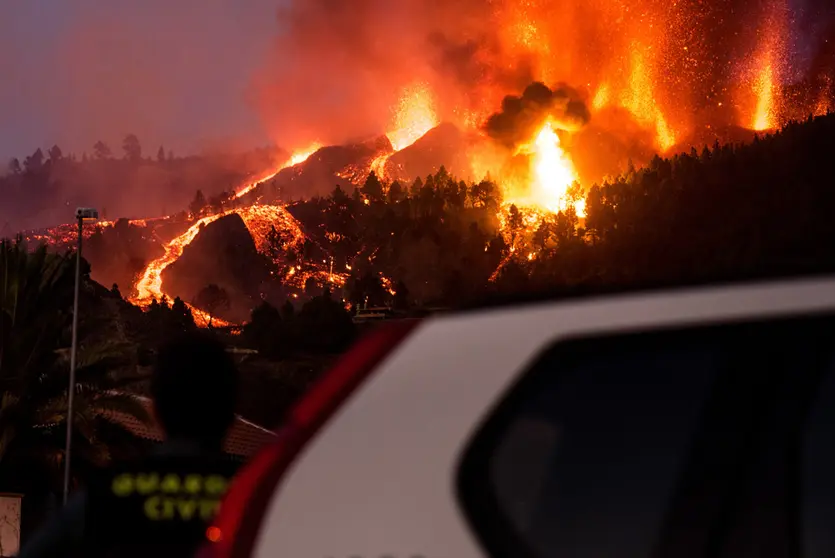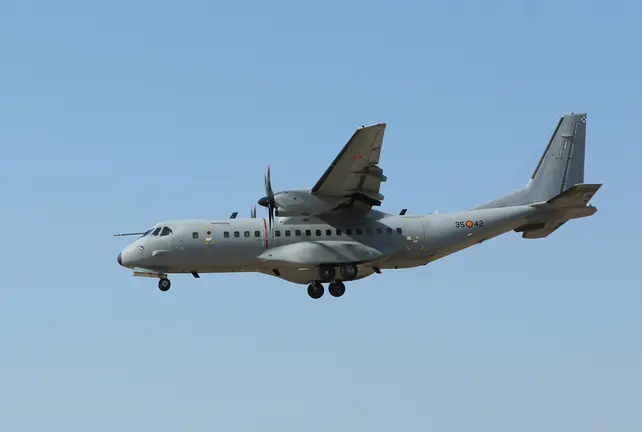The small Canary island of La Palma has grown in size by some 10 hectares following days of volcanic eruption.
The volcano, in the island's southern Cumbre Vieja mountain range, began erupting on September 19 for the first time in 50 years.
Late on Tuesday, the lava reached the sea, plunging at least 100 metres down a steep coast and releasing toxic fumes.
Once it made contact with the Atlantic Ocean, the lava, which has a temperature of around 1,000 degrees Celsius, has began to petrify and already formed a small peninsula measuring some 500 metres in width, a video published on Twitter by Spanish research institute CSIC on Thursday showed.
The ocean’s water has a temperature of only 20 degrees.
Initial concerns over a potential health threat for nearby residents through toxic gases that can be released when lava and salty seawater meet were not confirmed.
La isla de La Palma crece. Imagen de la plataforma de medio kilómetro de ancho ganada al mar por la colada, que genera nubes de gases en contacto con el agua.
— CSIC (@CSIC) September 29, 2021
Autor: Manuel Nogales, investigador del @IPNA_CSIC pic.twitter.com/LsW7BybBXX
The vapour clouds would be driven out to sea very quickly by a strong wind from the north-east, said Eugenio Fraile from the Spanish Oceanographic Institute.
Curfew
Nevertheless, a curfew, which was imposed on four nearby districts with a total of some 300 residents, remains in place for the time being as a precautionary measure, state broadcaster RTVE reported.
Volcanologists stressed that the outflow of lava into the sea has somewhat eased the situation on the island, reducing the risk of lava spreading on land.
So far, some 800 buildings on the island have been destroyed or damaged since the eruption, most of them residential houses, La Vanguardia newspaper reported.
Meanwhile, air traffic to and from La Palma was resumed, with several airlines such as Binter and Canaryfly announcing flights for Thursday.












